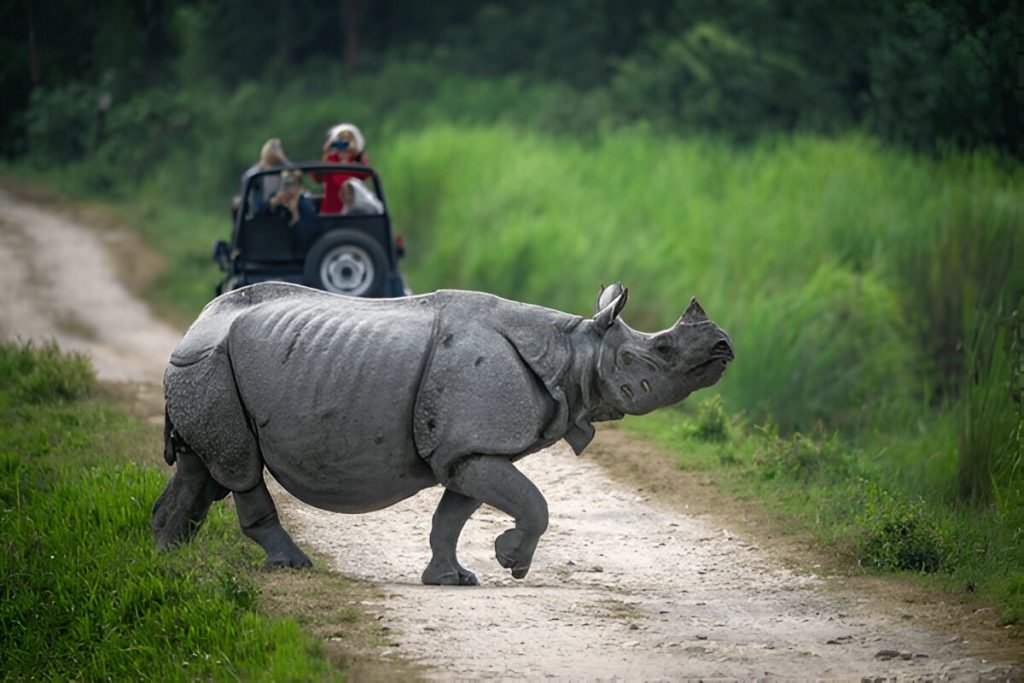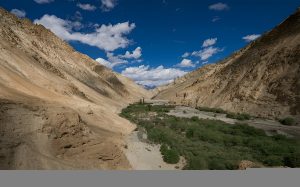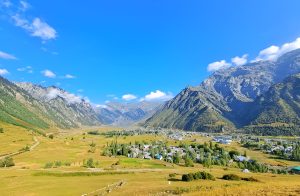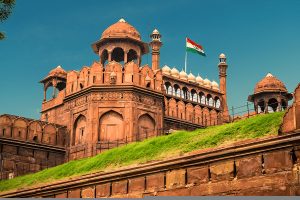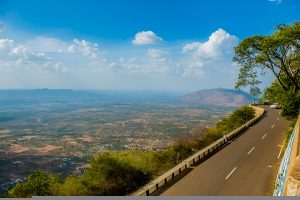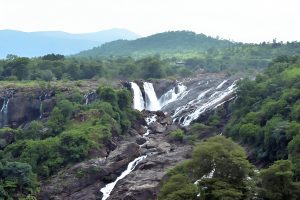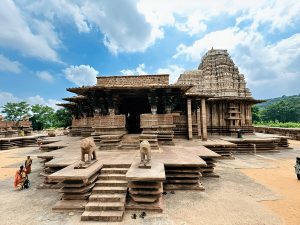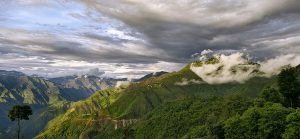Assam
The wide grasslands of Kaziranga National Park were covered in a dense mist as our jeep bounced along the muddy track. My heart was racing with eagerness as the early morning sun had just started to turn the surroundings golden. This was my first time visiting one of India’s most renowned wildlife sanctuaries, which is home to the greatest number of one-horned rhinoceroses in the world.
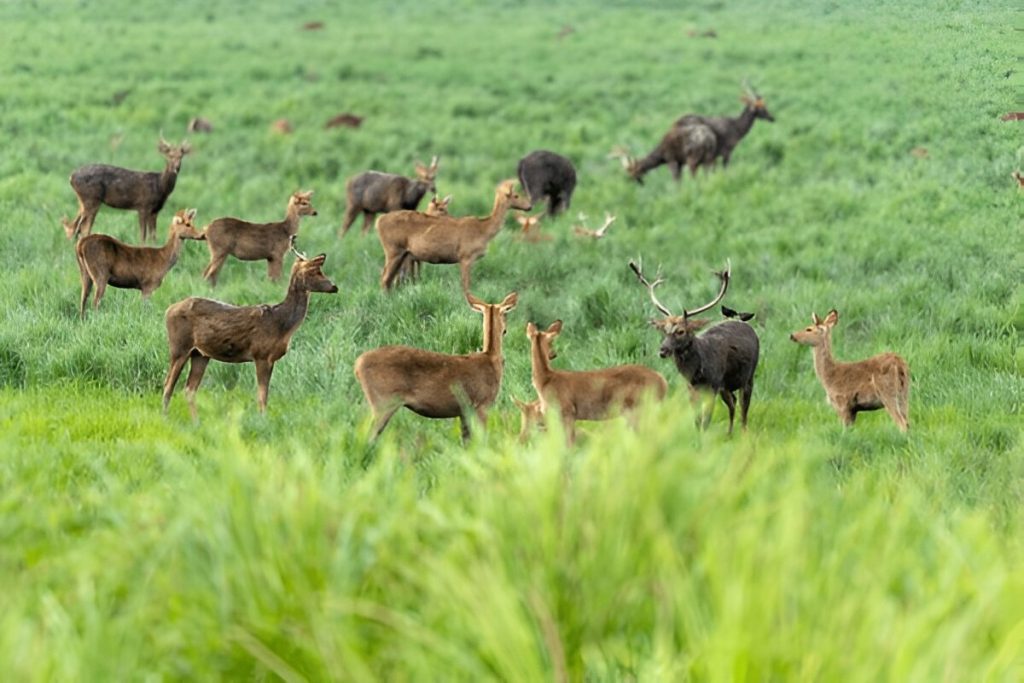
Accessing Kaziranga
In and of itself, getting to Kaziranga is an adventure. I started my adventure in Guwahati, the biggest city in Assam, and drove around 200 kilometers in six hours. With verdant tea estates and tiny Assamese villages scattered throughout the landscape, the drive along National Highway 37 was picturesque. For those traveling Jorhat, which is 97 kilometers away, also has an airport with limited flights.
The Thrill of a Safari
I had booked my safari in advance, knowing that Kaziranga offers both jeep and elephant safaris. I opted for the morning jeep safari, which started at 5:30 AM. As we entered the park, our guide explained that Kaziranga is divided into four zones—Central, Western, Eastern, and Burapahar—each offering a unique wildlife experience.
Within minutes, we spotted our first rhinoceros, grazing peacefully near a waterhole. Its thick, armor-like skin gleamed under the rising sun. Further along, a herd of elephants emerged from the tall elephant grass, their playful calves trailing behind. The park was alive with sounds—the distant roar of a tiger, the calls of hornbills, and the chatter of langurs in the trees.
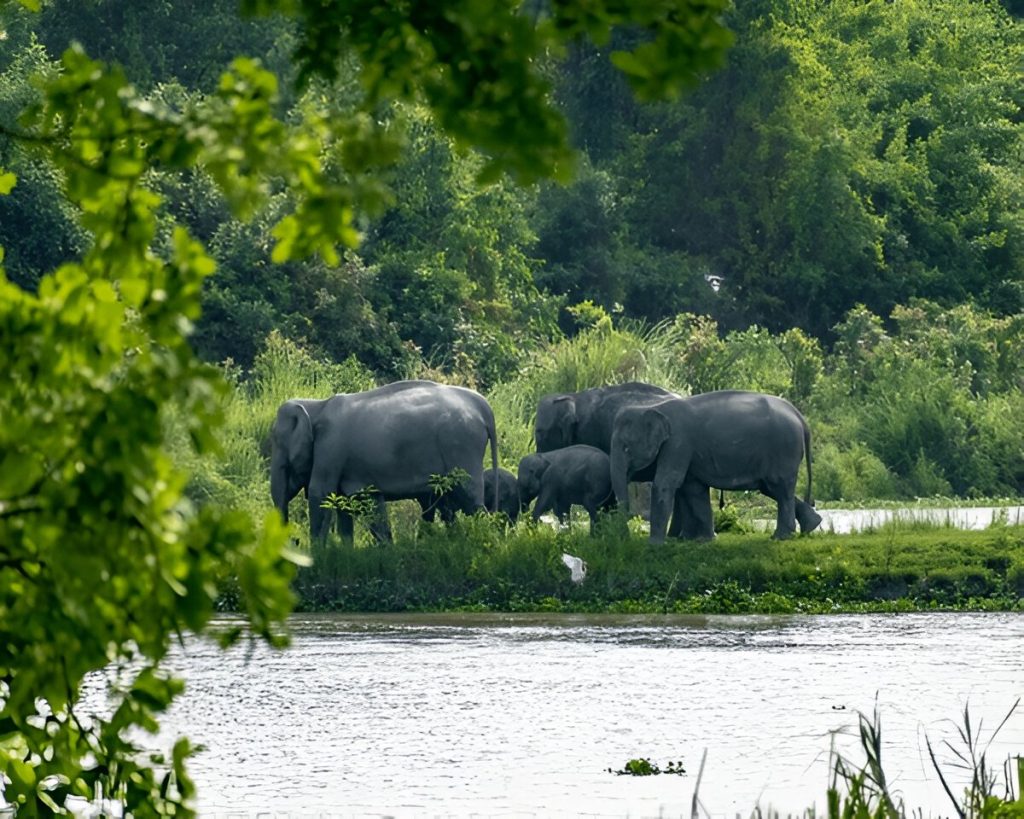
Wildlife Wonders of Kaziranga
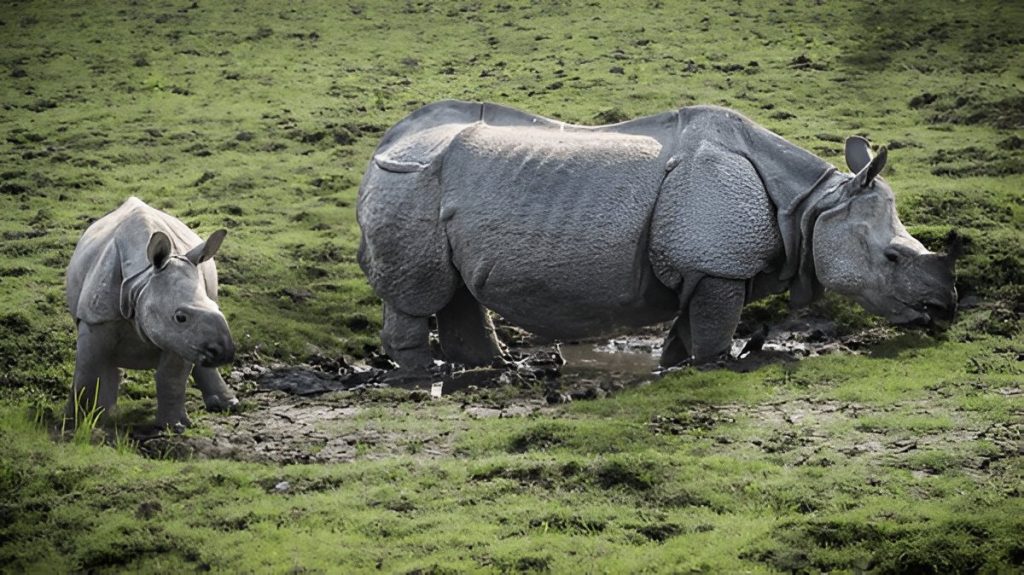
Kaziranga is a biodiversity hotspot, boasting over 2,600 one-horned rhinos. Besides these majestic creatures, it is home to Bengal tigers, swamp deer, wild buffaloes, and various bird species, including pelicans and storks. The park’s wetlands attract migratory birds, making it a paradise for birdwatchers.
Challenges and Conservation
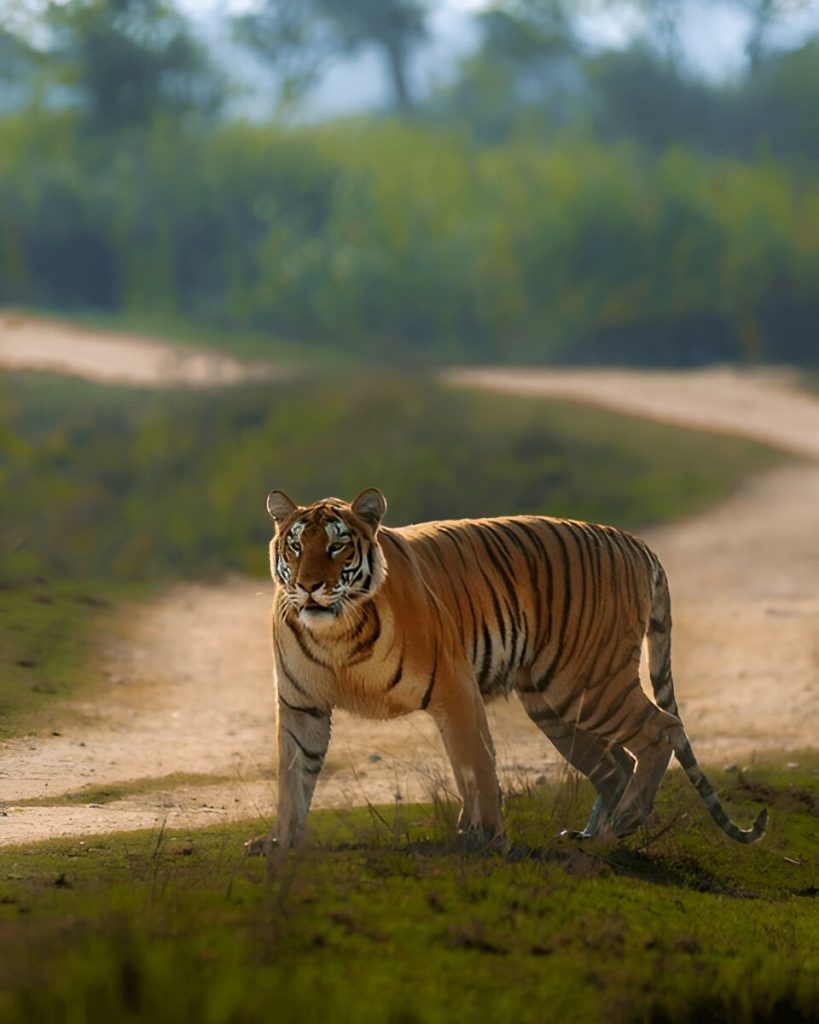
Kaziranga has difficulties even though it is a wildlife conservation success story. Despite stringent anti-poaching measures, poaching—especially of rhinos for their horns—remains a severe danger. Each monsoon, animals are also displaced due to floodwaters from the Brahmaputra River, which results in a high death toll. To ensure the future health of Kaziranga’s distinctive ecosystem, park officials and conservationists put up endless effort to address these problems.
As my safari came to a conclusion, I understood that Kaziranga is a monument to the tenacity of nature and more than just a national park. As I drove away, I took with me timeless recollections of the wild and a profound admiration for those who guard it. Kaziranga should be at the top of your bucket list if you love nature.

